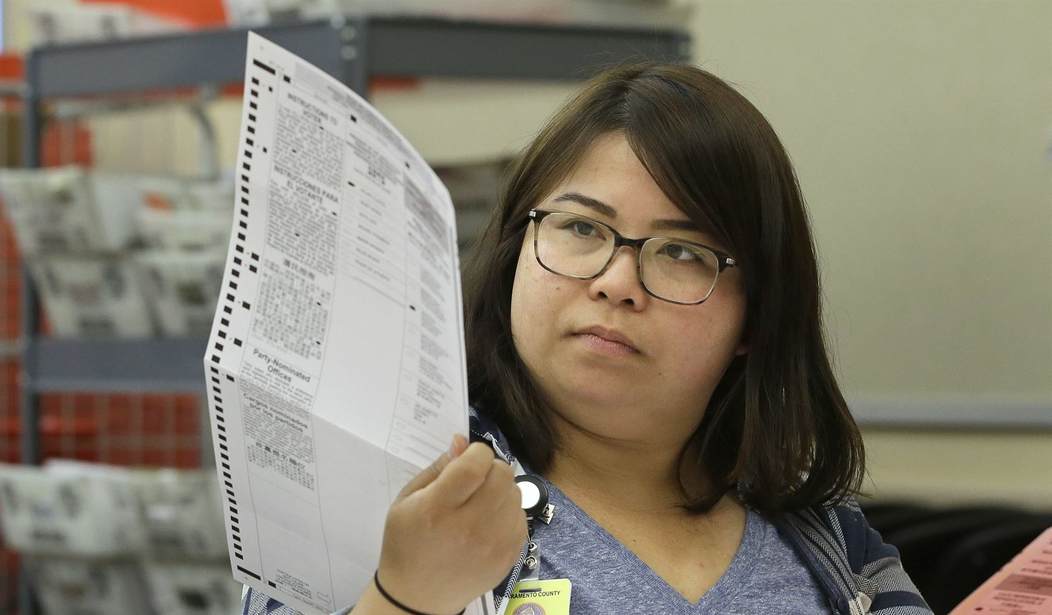Many states are opting into voting by mail this election cycle because of the Wuhan coronavirus pandemic. The goal is to give voters an opportunity to make their voices heard while protecting them from potentially catching the virus. One of the issues, however, with moving to a system like this is the potential for fraud. As RNC Chairwoman Ronna McDaniel previously explained, states that have had absentee voting for long periods of time have "tried and true" voting by mail. It means their systems have been tested for abuse and fraud. States that are taking the plunge suddenly haven't done things like making sure a voter only receives one ballot or confirming a voter still resides at the same address.
The Associated Press, however, is warning Americans about another problem most people aren't talking about: the number of ballots that could potentially be rejected.
"If ballots are rejected at the same rate as during this year’s primaries, up to three times as many voters in November could be disenfranchised in key battleground states when compared to the last presidential election, according to an Associated Press analysis of rejected ballots. It could be even more pronounced in some urban areas where Democratic votes are concentrated and ballot rejection rates trended higher during this year’s primaries."
Common reasons for ballots being rejected: voters failed to sign the envelop, the signature on the envelope doesn't match the one election offices have on file or ballots are received far after the deadline. Some states, however, have different requirements, like a notary being present to verify the voter's identity.
What complicates this even further is most states are seeing a jump in the number of mail-in ballots. According to the AP, 22 states' mail-in voting requests skyrocketed from less than 10 percent in 2016 to more than half for November. The swing state of Pennsylvania had more than half of all votes cast during its primaries sent via mail.
Recommended
Of course, these issues could impact Democrats more than Republicans because Democrats are the ones predominantly relying on voting by mail.
"For its analysis, the AP also collected absentee ballot data from Arizona, Colorado, Florida, Michigan, Ohio and Wisconsin. Based on the percentage of those ballots cast in each state’s primary this year, between 185,000 and 292,000 voters in the seven states examined could be disenfranchised if November’s turnout matches that of four years ago and the rejection rate remains flat. That compares to nearly 87,000 ballots rejected in those states in 2016," the Associated Press concluded.
Election officials are encouraging voters to mail back their ballots as soon as possible, to give them time to alert voters to potential issues, like missing signatures. Some states' election officials don't begin looking at ballots until the actual Election Day, meaning there's a small window for them to contact voters whose ballots need attention.
The USPS advises voters to send their ballot back at least seven before the election. They should be sent sooner, however, because the USPS will be bombarded with absentee and vote-by-mail ballots.
There are other concerns surrounding voting by mail. In fact, a Democratic operative recently went on record explaining how he changed people's votes on absentee ballots. There's also the issue of the USPS losing ballots, which proved to be a real issue when a Philadelphia reporter conducted a mock election.

























Join the conversation as a VIP Member